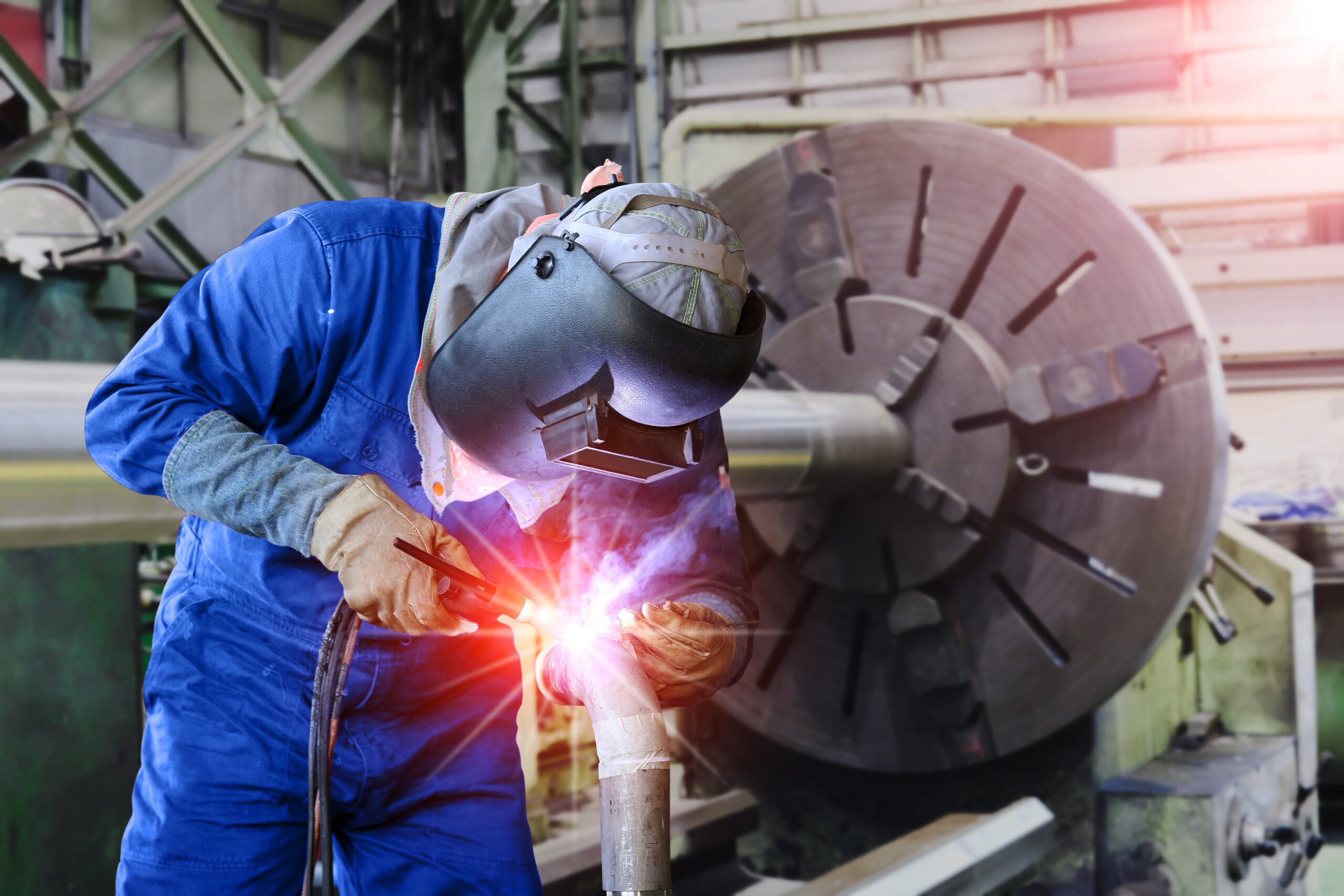Welding WPS: Usual Blunders to Stay Clear Of and Just How to Correct Them
Welding WPS: Usual Blunders to Stay Clear Of and Just How to Correct Them
Blog Article
The Ultimate Overview to Welding WPS Procedures: A Detailed Introduction for Welders
In the intricate globe of welding, Welding Treatment Specifications (WPS) serve as the foundation of ensuring quality, uniformity, and safety and security in welding procedures (welding WPS). As we delve into the numerous parts of a WPS and discover the ins and outs of certification and qualification, we will discover the important function these procedures play in the world of welding.
Relevance of WPS Procedures
Understanding the relevance of Welding Procedure Specifications (WPS) procedures is vital for making sure the top quality and stability of welded frameworks. WPS procedures work as a roadmap for welders, describing the required actions, parameters, and materials called for to attain a sound weld. By sticking to WPS guidelines, welders can make sure uniformity in their job, resulting in structurally sound and reputable welds.
One of the key reasons why WPS treatments are necessary is their function in maintaining weld quality and stability. Complying with the specified welding parameters and techniques described in the WPS helps stop issues such as porosity, cracking, or incomplete combination, which can endanger the toughness and resilience of the weld.

Components of a WPS
A Welding Procedure Specification (WPS) commonly comprises crucial parts that detail the certain demands for executing a weld, making certain consistency and quality in the welding procedure. The essential parts of a WPS include essential variables such as base steels, filler metals, interpass and preheat temperatures, welding procedures, securing gases, welding positions, and post-weld heat therapy demands.
Base steels refer to the materials being signed up with, while filler metals are utilized to fill up the void in between the base metals throughout welding. The welding procedure outlines the particular method to be utilized, whether it's gas steel arc welding (GMAW), secured steel arc welding (SMAW), or another method. Welding positions define the orientations in which welding can be executed.

Credentials and Accreditation
Having established the necessary parts of a Welding Treatment Requirements (WPS), the emphasis currently changes in the direction of the crucial aspects of qualification and accreditation in welding methods.

Accreditation, on the other hand, is the formal recognition of a welder's qualifications by a relevant qualification body or company. Welding qualifications are typically based on the details welding procedures, products, and settings a welder is qualified to work with. Holding a valid welding certification shows that a welder fulfills market requirements and is skilled to perform welding jobs to the called for requirements.
Producing a WPS
To establish a Welding Procedure Spec (WPS) that satisfies industry criteria, careful factor to consider of welding processes, materials, and operational criteria is vital. The very first step in creating a WPS is to recognize the welding procedure to be made use of, such as gas steel arc welding (GMAW) or secured steel arc welding (SMAW)

Carrying Out and Keeping Track Of WPS
Upon settling the thorough Welding Procedure Spec (WPS) that thoroughly details welding procedures, products, operational specifications, and high quality guarantee procedures, the focus changes to successfully carrying out and keeping an eye on the established treatments. Application involves guaranteeing that all welders entailed in the project are familiar with the WPS and follow it diligently during the welding process. Efficient execution and monitoring of the WPS are important for making certain the integrity, stamina, and safety and security of the welded joints, ultimately adding to the general success of the welding project.
Final Thought
Finally, understanding and following Welding Treatment Specifications (WPS) is crucial for welders to make certain top quality, consistency, and safety and security in their job. By knowing the learn the facts here now parts of a WPS, acquiring proper qualifications and accreditations, developing detailed treatments, and implementing and monitoring them efficiently, welders can boost their skills and efficiency in welding techniques. Sticking to WPS treatments is necessary for generating top quality welds and conference industry requirements.
In the detailed world of welding, Welding Procedure Requirements (WPS) serve as the foundation of ensuring quality, consistency, and security in welding procedures. The welding procedure outlines the specific strategy to be used, whether it's gas metal arc welding (GMAW), protected steel arc welding (SMAW), or another method.To establish a Welding Treatment Requirements (WPS) that meets market requirements, cautious consideration of welding processes, materials, and operational criteria is important. The first step in creating important source a WPS is to identify the welding procedure to be made use of, such as gas metal arc welding (GMAW) or protected steel arc welding (SMAW)Upon wrapping up the thorough Welding Treatment Specification (WPS) that thoroughly details welding processes, products, operational criteria, and high quality assurance measures, the focus moves to successfully executing and keeping an eye on the recognized procedures.
Report this page